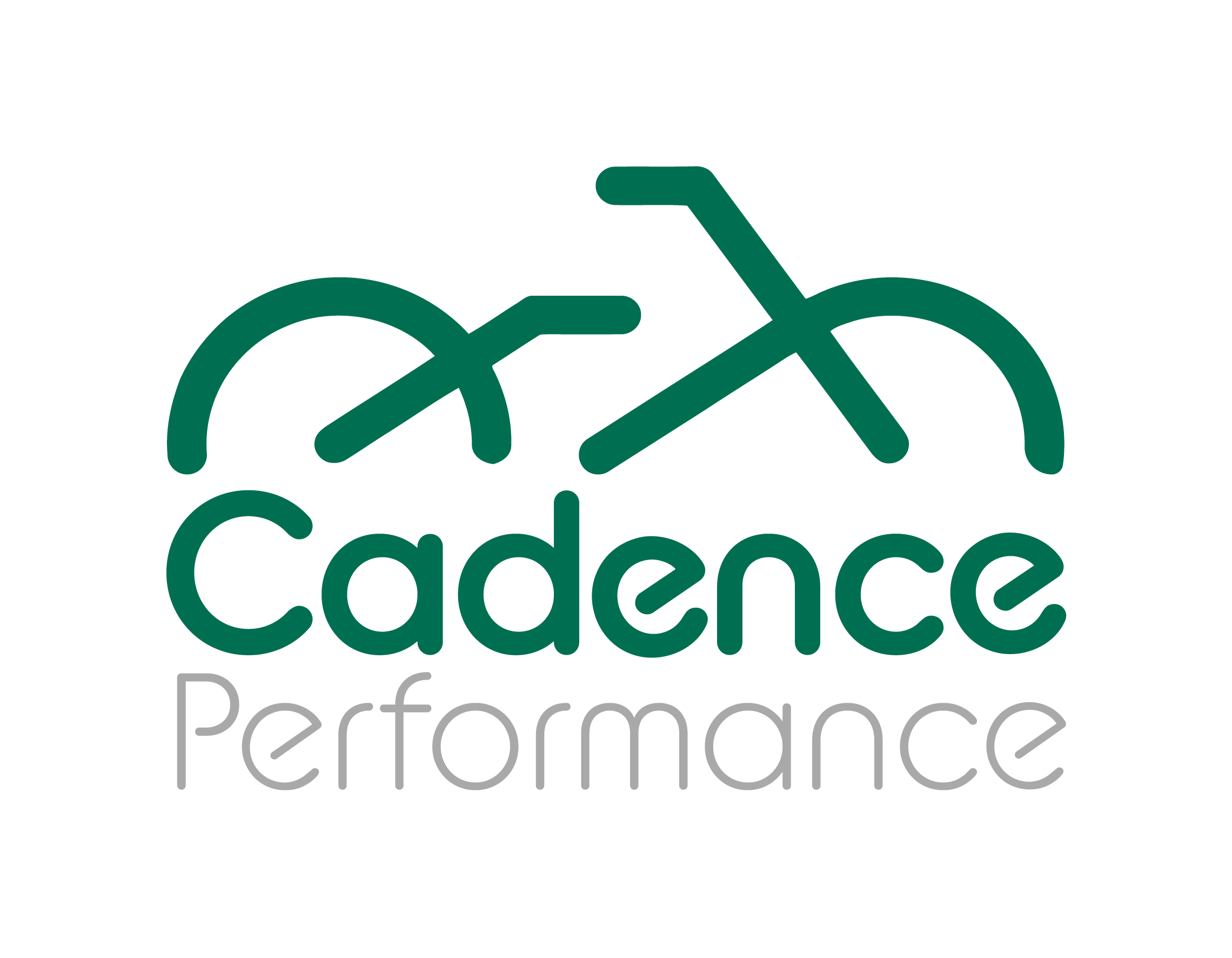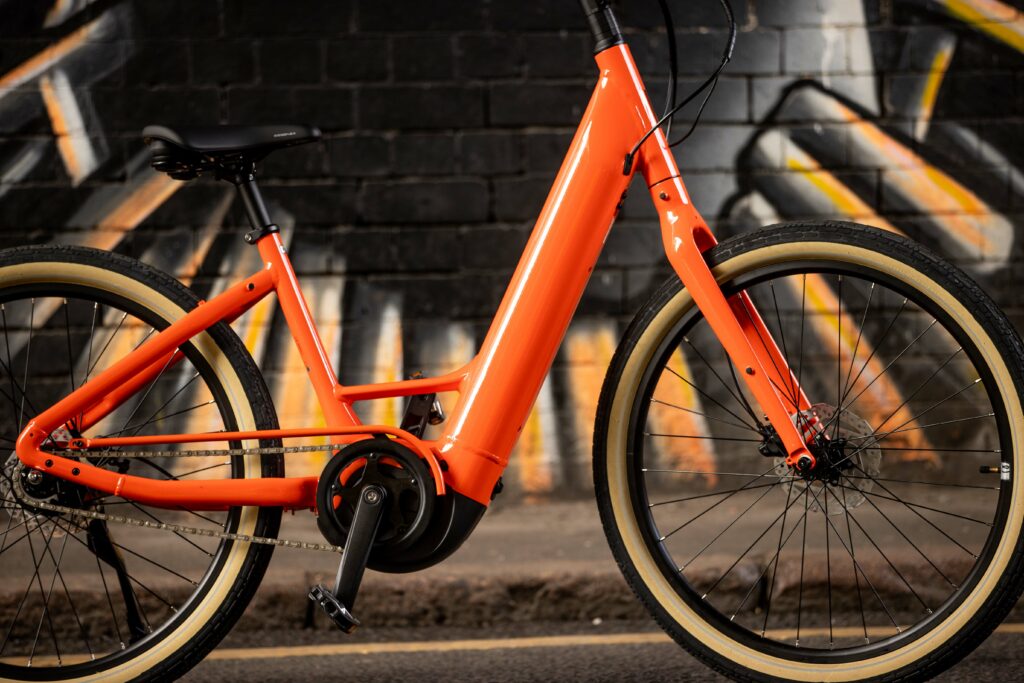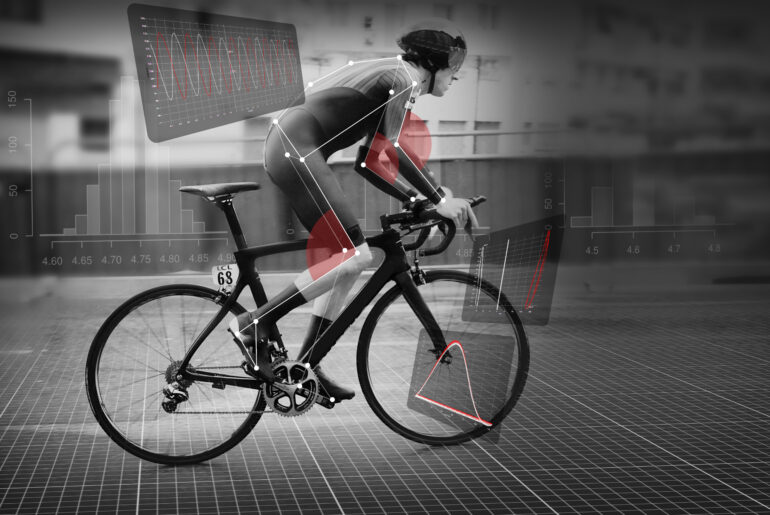Bicycles nowadays come with a myriad of customisations, choices and features, so knowing where to start can be a minefield. What’s more, something suited to one person may not be right for the next, so making sure you know what you’re looking for is crucial to making that perfect purchase.
To make this decision easier, we’ve curated a four-step process to help you discover what matters most to you. So, give yourself 5 minutes, grab a pen and paper, or open up a blank note on your phone or tablet, and follow our guide to be sure that your next bike will be suited just for you.
Step1: Your current situation
Before you start scrolling the catalogue online or browsing through the shop floor, your first step should be to assess your current situation, aka your current bike! It’s exciting to look for something new, but taking stock of where you are will focus your mind as to why you are looking in the first place. (If you don’t own a bike, jump straight to step 2!)
Write a list of all the things that frustrate you with your current bike, no matter how big, small, silly or strange they may seem. Below are some of the ones we hear most often to give you some inspiration:
- Uncomfortable seat
- Can’t reach the pedals/handlebars properly
- Gears don’t change easily
- It’s difficult to put away
- It’s too big/small
- Nowhere to store my luggage
- It’s too heavy to cycle far
- The screws won’t stay tight
- I get flicked by too much mud
- It’s too slow
With this list by your side, head on to the second step.
Step2: Refine your cycling requirements
Next, you need to decide what you want from your new bike – what is its overall purpose, and what features does it need to achieve this?
For each of the following questions, write down a short and snappy answer that sums up what you’re most looking for. We’ve given some common answers, but remember, this is about what you want, so be as creative (and specific!) as you’d like.
- What is the purpose of your new bike? (e.g., commuting, exercise, spending time with family), pro-tip, if your’re thinking of starting to cycle to work, check out our active travel blog series which will give you some great suggestions on getting started.
- Where will you use it most often? (e.g., on roads, across country fields, on mountain tracks)
- How much are you looking to spend, including accessories, and how do you want to pay? (e.g., pay upfront, monthly instalments, cycle-to-work scheme, second-hand)
- What type of bike would you like? (e.g., road, mountain, electric, hybrid, foldable)
- What kind of accessories, if any, would you like? (e.g., panniers, basket, extra mudguards)
- Where will you store it? (e.g., does it need to be foldable?)
- Do you want something simple or complex? (e.g., specialist seat or handlebars)
- What level of support should it have? (e.g., are insurance/repairs/accessories built into the price, or do you want to choose these separately?)
- Do you want to trial/test the bike for a period of time before buying?
What else has come to mind while answering these questions? Make a list of extra requirements that matter to you and pop them at the bottom of your list. Once complete, you’re ready to move on!
Step 3: Rank your bike choices
You’re shortlist from Step 2 may still be a bit long, so next up, you should rank your answers because certain items will be more important to you than others. You can use your list from Step 1 (the things that bother you about your current bike) to help with this – anything that addresses those issues will probably be higher up the list! (If you skipped step 1, don’t worry, you can still rank your answers from step 2).
Comparing such different requirements may be a little tricky, so for ease, pick the three most important and least important and put them either end of your list. Then just slot everything else in the middle (and split these up again if you want to!).
Take some time to really consider what matters to you, then head on to the final step.
Step 4: Choosing the right bike; making an informed decision
Well done, you’ve made it to the fun bit – going shopping for something new and shiny! Armed with all the knowledge above, you know what requirements matter most to you and you’re ready to explore.
If looking online, use your answers in the website’s filters to show only bikes that meet your requirements. If going to a shop, cross-reference your answers with the labels, or share your list with a member of staff who’ll easily be able to narrow down your search. (Psst! Check out our pro-tip below to get the most out of your buying experience!)
Whatever route you take, your list of ranked requirements will keep your mind clear and focused so that you can pick the perfect bike! And always remember, find what’s right for you!
Pro-tip: A great workshop and bike fitting equals a great bike shop!
Buying your bike from a store with a reputable workshop will really give you that extra bang for your buck! Not only will they have that specialist insider knowledge, but their team will also be passionate about your cycling experience. They’ll help you avoid the gimmicks and find a bike that will stand the test of time.
A great bike shop will also offer the best in fitting services too – it’s not just about the size of the frame, you can have your orthotics, saddle and even cleats fitted! The most advanced bike fitters will even be able to analyse your individual movement pattern and adjust your bike accordingly. Through this, they can improve your comfort and performance while reducing the chance of injury.
We, of course, pride ourselves on being that passionate, friendly and experienced team, and we offer all these specialist fitting services – but if you can’t get to us, look for someone who demonstrates a wealth of knowledge, focuses on service over the bottom line, offers more than just the basics, and, above all, enthuses a passion for all forms of cycling!
Extra advice: specific circumstances
Here are some of our suggestions for common circumstances:
- Beginners to Riding: You’ll need safety essentials like a helmet, lock and puncture repair kit, so consider a “bundle” package that incudes accessories to save money overall. If you’ve not decided how you’ll use your bike, look at a hybrid style, as it combines the best of on-road and off-road features. And test the seat and handlebars are comfortable before you buy!
- Commuters: Foldable bikes may be an option as these allow you to store them more easily at work, or hop on the train/bus if it starts raining. However, for many commuters, a hybrid/recreational bike will be much less expensive and a comfortable choice for most riders. Storage will be key for your laptop, work clothes and lunch, so consider something with a basket or pannier option too. Don’t forget to check out our Active Travel blog series here>
- Advanced Hobbyist Riders: Higher-level maintenance packages will help you get the most out of every ride, and pick a bike most suited to your chosen terrain (e.g. road or BMX). Customising your seat, handlebar position, tyre weights, number of gears and pedals are all great places to start with further customisation, or ask in-store for expert advice.
Cadence Performance
At Cadence Performance, our highly trained teams can offer you support in lots of ways. You can contact us in-store at the addresses below, or check out our website to find out more about our services.
Cadence Performance is on your local high street
- Cadence|Giant Crystal Palace, 2a Anerley Hill, London SE19 2AA
- Cadence|Giant Paddock Wood, 62-62a Maidstone Rd, Paddock Wood, TN12 6AF
- Cadence|Giant Shoreham, Little High St, Shoreham-by-Sea BN43 5JF
- Cadence|Giant St Paul’s, 200 Aldersgate St, London EC1A 4HD
- Cadence|Giant St Albans, N Orbital Rd, St Albans AL2 1DL
- Cadence|Giant Twickenham, 111 Heath Rd, Strawberry Hill, Twickenham TW1 4AF




